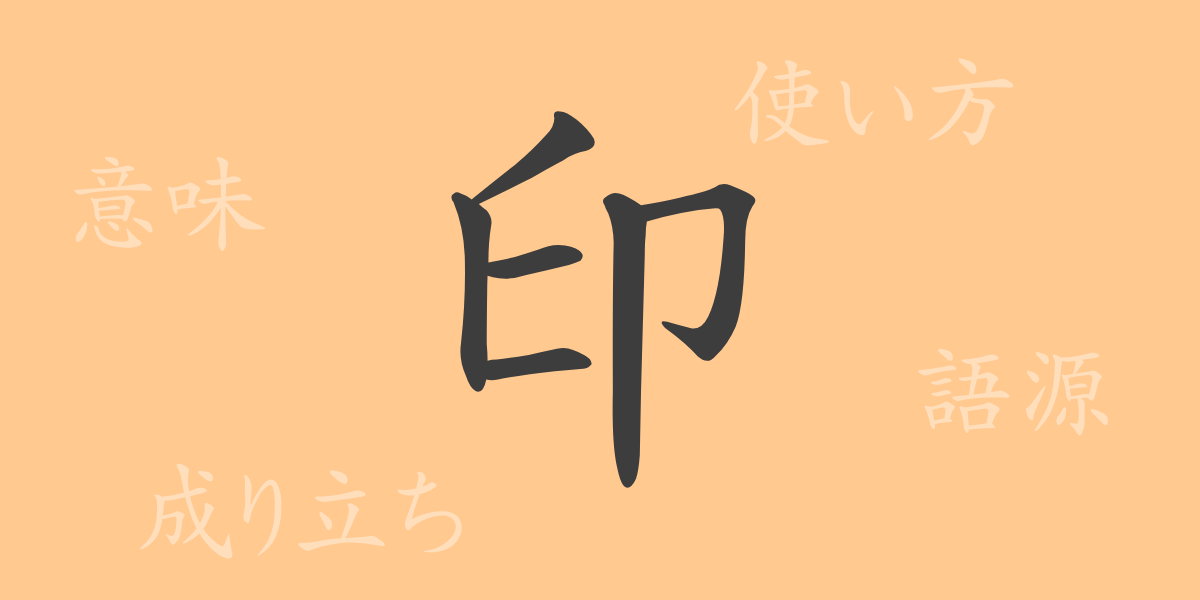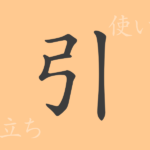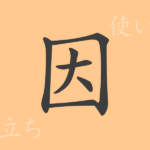“
The significance of each Kanji character is deeply rooted in its shape and history. ‘印’ (In) is profoundly integrated into the daily lives of the Japanese people, playing a crucial role in their culture and history. This article delves into the origins of the Kanji ‘印’, its modern applications, and its use in idioms and proverbs, exploring the depth of this character’s world.
Origins of 印 (In)
The Kanji ‘印’ originated from ancient seals used as symbols of contracts and authority, representing the owner’s will and power. Starting as a pictogram, it initially mimicked the shape of a hand-held seal. Over time, the depiction became more abstract, evolving into the modern character ‘印’.
Meaning and Usage of 印
‘印’ means ‘mark’ or ‘seal’ and encompasses notions such as signs, evidence, and proof. It is also used in the context of printing and as a stamp in seals (印鑑). From official documents to everyday marks or signatures, ‘印’ is indispensable in our lives.
Readings, Stroke Count, and Radical of 印
The readings, stroke count, and radical of ‘印’ are as follows:
- Readings: On’yomi (Sino-Japanese reading) is ‘In’, kun’yomi (native Japanese reading) is ‘Sirusi’.
- Stroke Count: 6 strokes.
- Radical: The radical is ‘卩 (Husizukuri)’.
Idioms, Phrases, and Proverbs Involving 印
There are numerous idioms and proverbs involving ‘印’, reflecting its importance in Japanese culture. For example, ‘印鑑’ (personal seal), ‘印象’ (impression), and ‘押印’ (to stamp) are common expressions. The proverb ‘印を押すよう’ means something is very clear and undeniable.
Conclusion on 印
The Kanji ‘印’ has evolved in shape and function, acquiring a range of meanings and uses. From its origins as a seal to its modern role as a critical tool indicating identity and intent, and in linguistic expressions reflecting various meanings, ‘印’ illustrates the richness of Japanese language and culture.
“

























